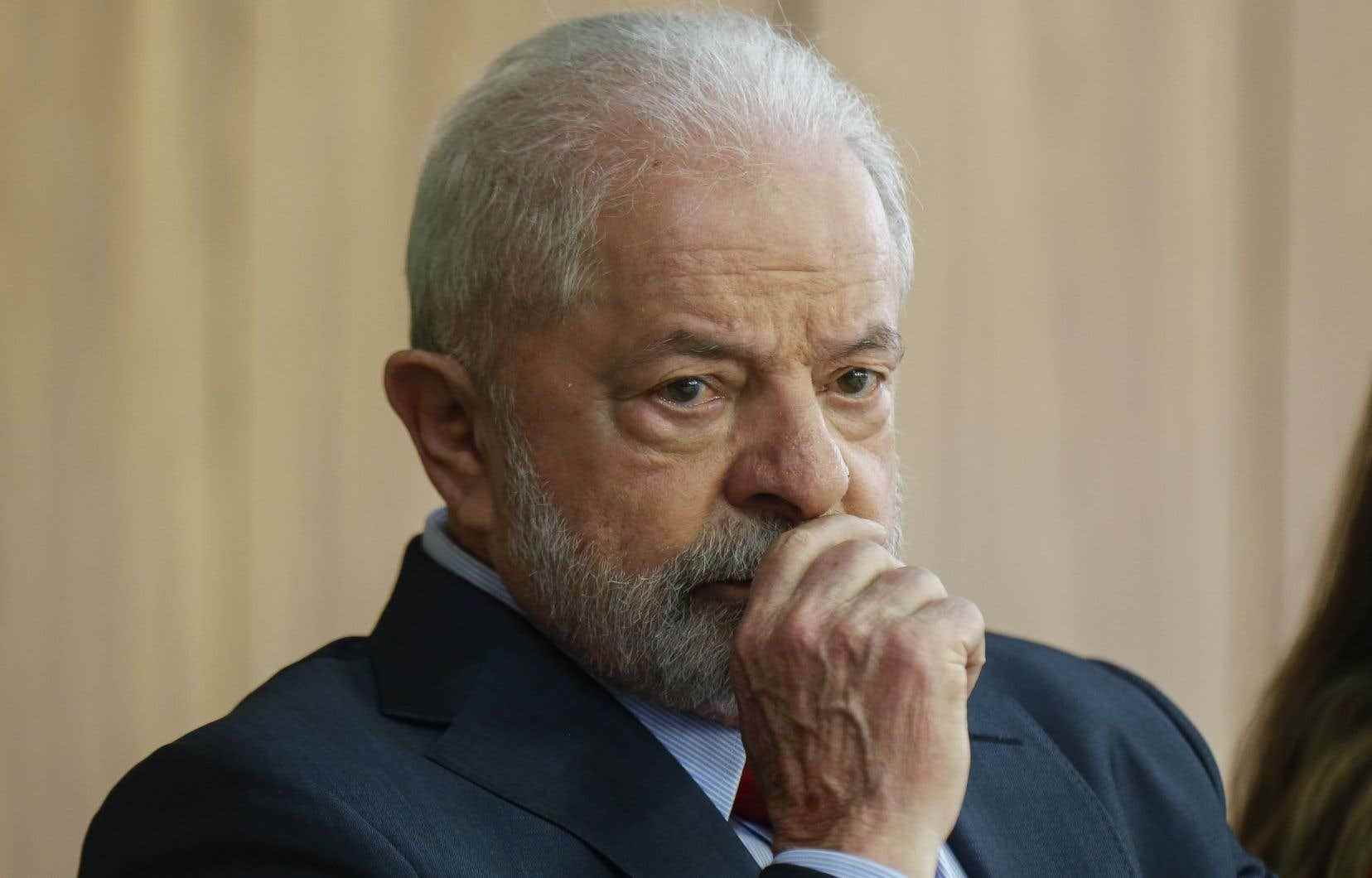The Brazilian government was tightening its grip on Thursday around the participants, organizers and financiers of Sunday’s riots in Brasilia, which prompted Lula to “deeply reorganize” his security at the presidential palace.
“I am convinced that the door of the Planalto palace has been opened for people to enter, because no door has been broken,” the left-wing leader said during his first breakfast with journalists since his inauguration. January 1st.
“It means that someone facilitated their entry here,” insisted Luiz Inacio Lula da Silva. “How could I have someone at my office door who could shoot me?” he asked.
More than 4,000 supporters of former far-right President Jair Bolsonaro, who reject his electoral defeat to Lula in late October, wreaked havoc in the capital on Sunday, invading and ransacking the Presidential Palace, the Supreme Court and Congress.
Some 2,000 people were arrested and more than 1,100 were imprisoned after being questioned, according to the latest report from the authorities.
And the noose continues to tighten, with many rioters identified through surveillance cameras, press images or selfies they posted on social media.
But the priority of the authorities is now to sanction the networks that worked behind the scenes to finance and organize the insurrection.
On Thursday, the office of the Advocate-General of the Union (AGU), which defends the interests of the federal state, asked the courts of Brasilia to freeze 6.5 million reals (about 1.7 million Canadian dollars) of 52 people and seven companies accused of having financed the transport of rioters in a hundred buses arriving from all over the country on Saturday evening.
According to several Brazilian media, a large number of alleged financiers are linked to the agribusiness sector, loyal support of Jair Bolsonaro.
Current damage assessment
The assessment of the considerable damage suffered by the national heritage, including works of art, was still in progress. For the two chambers of Congress alone, they amount to more than one million euros (about 1.4 million Canadian dollars), according to the first estimates made public by the government.
Thursday, Lula multiplied the meetings with his ministers, in an apparent concern to return to normality after the shock of this unprecedented attack against Brazilian democracy since the establishment of the military dictatorship (1964-1985).
On Wednesday evening, he participated in the enthronement of Anielle Franco, Minister for Racial Equality, and Sonia Guajajara, appointed head of the newly created Ministry of Indigenous Peoples. A highly symbolic ceremony, in one of the large lounges of the presidential palace of Planalto, which had been invaded by hordes of Bolsonarists three days earlier.
At the same time, security forces in the capital had been put on high alert after calls in all major cities in Brazil for “mega-demonstrations” to “take back power”.
But the calls launched on the social networks for the “giant” mobilization have made pschitt.
In the bruised capital, where dozens of police, riot trucks and a helicopter had been deployed, no protester answered the call. The same observation was made in Rio de Janeiro or Sao Paulo by AFP journalists.
“The Lula government acted quickly to contain the groups that were organizing on Sunday and many [de bolsonaristes] demobilized for fear of being arrested,” Guilherme Casaroes, professor of political science at the Getulio Vargas Foundation (FGV), told AFP.
The insurrectionary movement found little echo among the population: a poll published Tuesday evening by the benchmark institute Datafolha showed that 93% of Brazilians condemned the assault on places of power in Brasilia, even if it was approved by one in five people according to another opinion poll (Atlas Intelligence).
